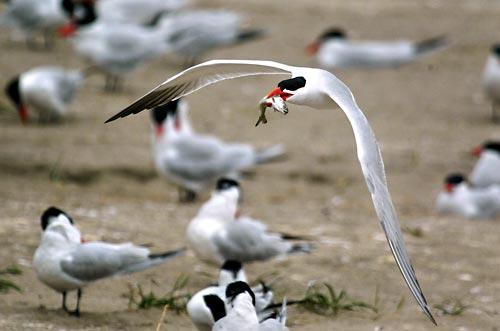forum
library
tutorial
contact

Breach the Lower Snake River Dams
and We Will Lose Our Fish
by Marvin F. Dugger
Lewiston Tribune, August 1, 2021
|
the film forum library tutorial contact |

|
Breach the Lower Snake River Dams
by Marvin F. Dugger
|
The prospect of breaching the four lower Snake River dams is the most consequential issue of our lifetime for the citizens of Idaho and the Northwest. Noted local fishing guide and outdoorsman Rusty Bentz has put together some important information on this issue that the people of our region need to know and understand.
The fish numbers and technical information that he presents completely upends the idea that the dams are killing our anadromous fish. His knowledge of this issue comes from decades of guiding, fishing and a passion for what he does. Bentz also has a degree in business, so he has a keen understanding of facts and figures. Bentz wrote the following commentary. I did some minor editing.
 Here is what is wrong with the dam removal argument to save the fish.
Here is what is wrong with the dam removal argument to save the fish.
At no period in the 20th century since the 1938 completion of Bonneville Dam, when counting of fish began, did numbers of returning fish come close to what returned in the 21st century. When you compare the 10-year period from 1938 to 1947, when Bonneville was the only dam blocking fish, to the 10-year period 2000 to 2009 with eight dams in place, you find in the latter years an increase of 313 percent in returning steelhead and a 273 percent increase in spring chinook. These are the two most important anadromous fish to Idaho sportsmen. In each of the years 2001 and 2009, more than 600,000 adult steelhead crossed Bonneville Dam and at times we had catch-and-keep limits on both species of four fish per day.
According to figures taken from “Columbia River Steelhead Runs, 80 years of Ladder Counts” and “Bonneville Dam; 83-years of spring chinook counts” from the years 1938-47, only 1,895,223 steelhead and spring chinook salmon returned over Bonneville Dam. From the years 2000-09, 25 years after the last dam was finished, 5,681,757 steelhead and spring chinook Salmon crossed Bonneville dam.
The huge fish runs from 2000-09 came despite:
According to the Army Corps of Engineers, the four lower Snake River Dams generate between $285 million and $300 million in annual net revenue, which helps pay for our hatcheries and fish programs. According to data published in the Columbia Basin Bulletin, Bonneville Power has paid the national treasury almost $32 billion.
Our most valuable fish is an adult female coming back to spawn. With the improvements made to the fish ladders in recent years, fish climb the ladders with little energy expended, compared to coming up a free-flowing river. Also, temperature readings on the bottom of reservoirs are colder than they ever were in a free-flowing river. Adults returning suffer little mortality in the lower Snake River.
Reservoirs do present more challenges to smolts going downstream to the ocean than does a free-flowing river. Because of this, we lost our catch-and-keep steelhead season for two years in the 1970s. Then the Corps of Engineers started a barging program that produced rapid results for our steelhead. Spring salmon were a bigger challenge but eventually barges were modified and the smolts cycled. In both cases, we have had a catch-and-keep season ever since.
The two biggest return years for steelhead were preceded by the two highest percentage of smolts barged from Lower Granite Dam. In 2017, we went away from barging in favor of leaving the smolts in the river and had the worst out-migration ever recorded. Because of that, in 2019 we did not have a fall catch-and-keep season on the Clearwater River for steelhead, which is primarily fish that spend two years in the ocean. In 2018, an estimated 62 percent of the wild smolts in the forebay of Lower Granite Dam, as compared to 48 percent of hatchery fish, were transported by barge. In 2019, according to the dam count, wild steelhead equaled those of hatchery fish.
I believe this is the highest percentage of wild fish vs. hatchery since our hatcheries came online. I would argue that barging is the major reason for this dramatic result.
The Idaho Fish and Game gave me a study done on the Walla Walla River where one-half of the steelhead smolts were released from the hatchery directly into the river. The other half were transported by truck to Central Ferry, put in a barge and taken below Bonneville Dam. The fish that were barged came back 11 times greater than those left in the river.
If we take out the Snake River dams, we will lose our smolt collection facilities at Lower Granite and Little Goose dams. Without the ability to collect the smolts and transport them through all the water heavily infested with predators, I believe that our smolt out-migration numbers will crash and so will our fish runs.
Related Pages:
Saving Salmon is a Ruse for Breaching Our Dams by Marvin F. Dugger, Lewiston Tribune, 3/14/21
What About the Dams? by Marvin F. Dugger, Lewiston Tribune, 11/3/19
learn more on topics covered in the film
see the video
read the script
learn the songs
discussion forum
